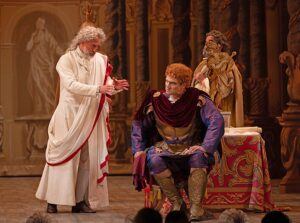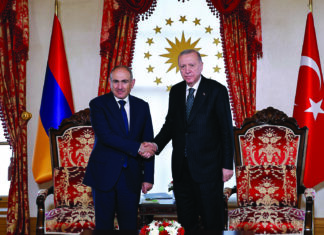The recent decision by the Turkish government to reconvert the majestic Hagia Sophia, which was once the world’s greatest cathedral, from a museum back to a mosque has been bad news for Christians around the world. They include Pope Francis, who said he was “pained” by the move, and the spiritual leader of Eastern Christianity, Ecumenical Patriarch Bartholomew, who said he was “saddened and shaken.” When contrasted with the joy of Turkey’s conservative Muslims, all this may seem like a new episode in an old story: Islam vs. Christianity.
But some Muslims, including myself, are not fully comfortable with this historic step, and for a good reason: forced conversion of shrines, which has occurred too many times in human history in all directions, can be questioned even from a purely Islamic point of view.
To see why, look closely into early Islam, which was born in seventh century Arabia as a monotheist campaign against polytheism. The Prophet Muhammad and his small group of believers saw the earlier monotheists — Jews and Christians — as allies. So when those first Muslims were persecuted in pagan Mecca, some found asylum in the Christian kingdom in Ethiopia. Years later, when the Prophet ruled Medina, he welcomed a group of Christians from the city of Najran to worship in his own mosque. He also signed a treaty with them, which read:
“There shall be no interference with the practice of their faith. … No bishop will be removed from his bishopric, no monk from his monastery, no priest from his parish.”
This religious pluralism was also reflected in the Quran, when it said God protects “monasteries, churches, synagogues, and mosques in which the name of God is much mentioned.” (22:40) It is the only verse in the Quran that mentions churches — and only in a reverential tone.









